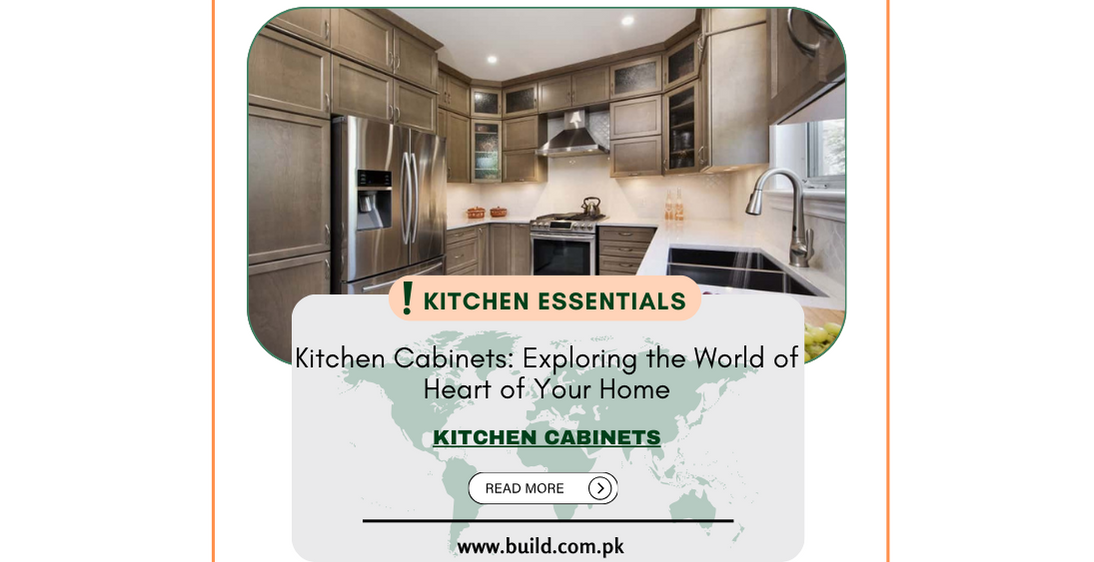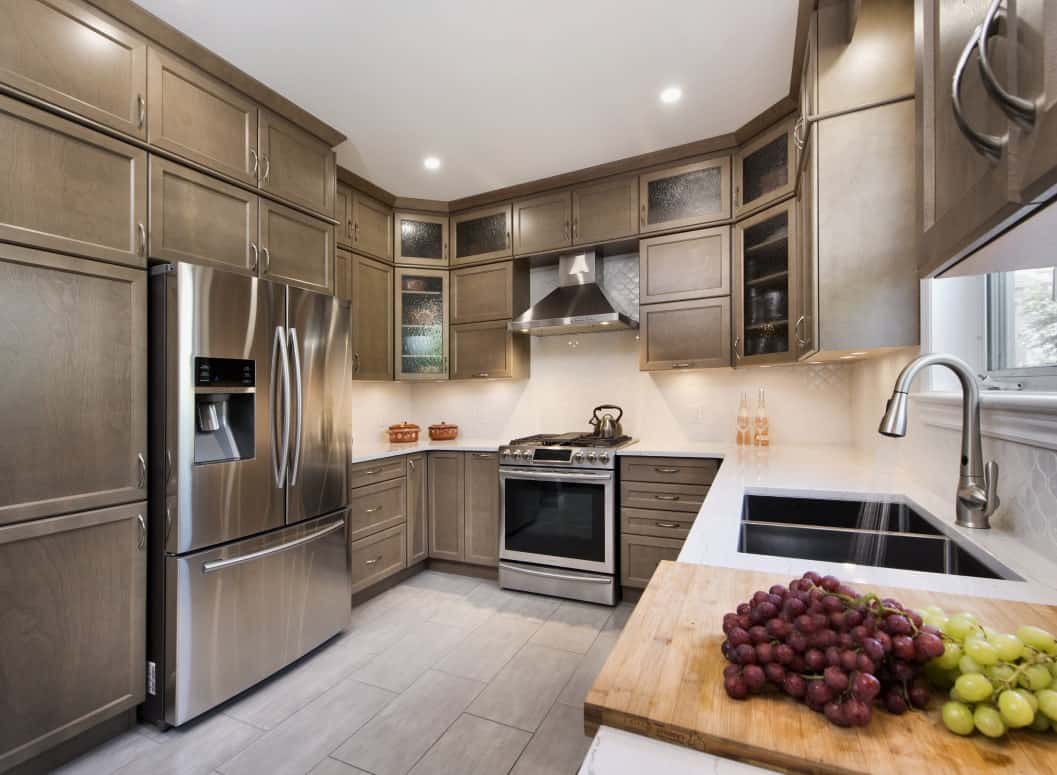Kitchen Cabinets: Exploring the World of Heart of Your Home

Introduction:
In the realm of kitchen design, cabinets serve as the
cornerstone of functionality, organization, and aesthetics. As the focal point
of any kitchen, cabinets not only provide essential storage space but also
contribute significantly to the ove rall style and ambiance of the space. In
this comprehensive blog, we delve into the intricate world of kitchen cabinets,
exploring their importance, types, materials, design considerations, and top
recommendations. Whether you're renovating your kitchen or planning a new
build, understanding the nuances of kitchen cabinets is crucial for creating a
functional, stylish, and personalized culinary haven that reflects your taste
and lifestyle.
Importance of Kitchen Cabinets:
Kitchen cabinets play a pivotal role in maximizing storage
space, optimizing organization, and enhancing the efficiency of kitchen
workflows. From storing cookware and pantry staples to showcasing decorative
accents and personal touches, cabinets serve as versatile and indispensable
elements of kitchen design.
Types of Kitchen Cabinets
Base Cabinets:
Situated beneath countertops, base cabinets
provide essential storage for pots, pans, utensils, and small appliances. They
come in various configurations, including drawer cabinets, door cabinets, and
corner cabinets, offe ring flexibility in organizing kitchen essentials.
Wall Cabinets:
Mounted on walls above countertops, wall
cabinets offer additional storage space for dishes, glassware, and pantry
items. They are available in different heights and widths, allowing
customization to fit specific kitchen layouts and design preferences.
Tall Cabinets:
Tall cabinets, also known as pantry cabinets
or utility cabinets, are floor-to-ceiling cabinets that offer ample storage
space for food items, cleaning supplies, and bulky kitchen appliances. They
maximize vertical storage and help streamline kitchen organization.

Materials for Kitchen Cabinets
Wood:
Wood is a popular choice for kitchen cabinets due to
its durability, versatility, and timeless appeal. Common wood options include
oak, maple, cherry, and walnut, each offering unique grain patterns and
aesthetic characteristics.
Laminate:
Laminate cabinets are constructed from a durable
synthetic material bonded to a substrate, offering a wide range of colors,
patterns, and finishes. They are easy to clean, resistant to moisture and
stains, and available at a relatively lower cost compared to solid wood
cabinets.
Thermofoil:
Thermofoil cabinets feature a vinyl laminate
applied to a medium-density fiberboard (MDF) or engineered wood substrate. They
offer a smooth and seamless appearance, are easy to clean, and come in a
variety of colors and styles.
Design Considerations for Kitchen Cabinets
Layout and Configuration: Consider the kitchen layout,
traffic flow, and functional requirements when designing cabinet configurations
to optimize storage space and workflow efficiency.
Hardware and Accessories: Choose hardware and accessories
such as drawer pulls, knobs, hinges, and organizers that complement the cabinet
style and enhance usability and convenience.
Color and Finish: Select cabinet colors and finishes that
harmonize with the overall kitchen design scheme, whether it's traditional,
modern, rustic, or eclectic, to create a cohesive and visually appealing space.
Conclusion:
In conclusion, kitchen cabinets are more than just storage solutions; they are essential elements that define the style, functionality, and efficiency of your kitchen space. By understanding the importance of kitchen cabinets, exploring different types and materials, considering design considerations, and exploring top recommendations, you can create a culinary haven that reflects your ta ste, lifestyle, and personality. Whether you prefer traditional elegance, modern sophistication, or eclectic charm, investing in thoughtfully designed and well-crafted kitchen cabinets is essential for elevating your kitchen and transforming it into the heart of your home where memories are made, meals are shared, and culinary adventures unfold.









